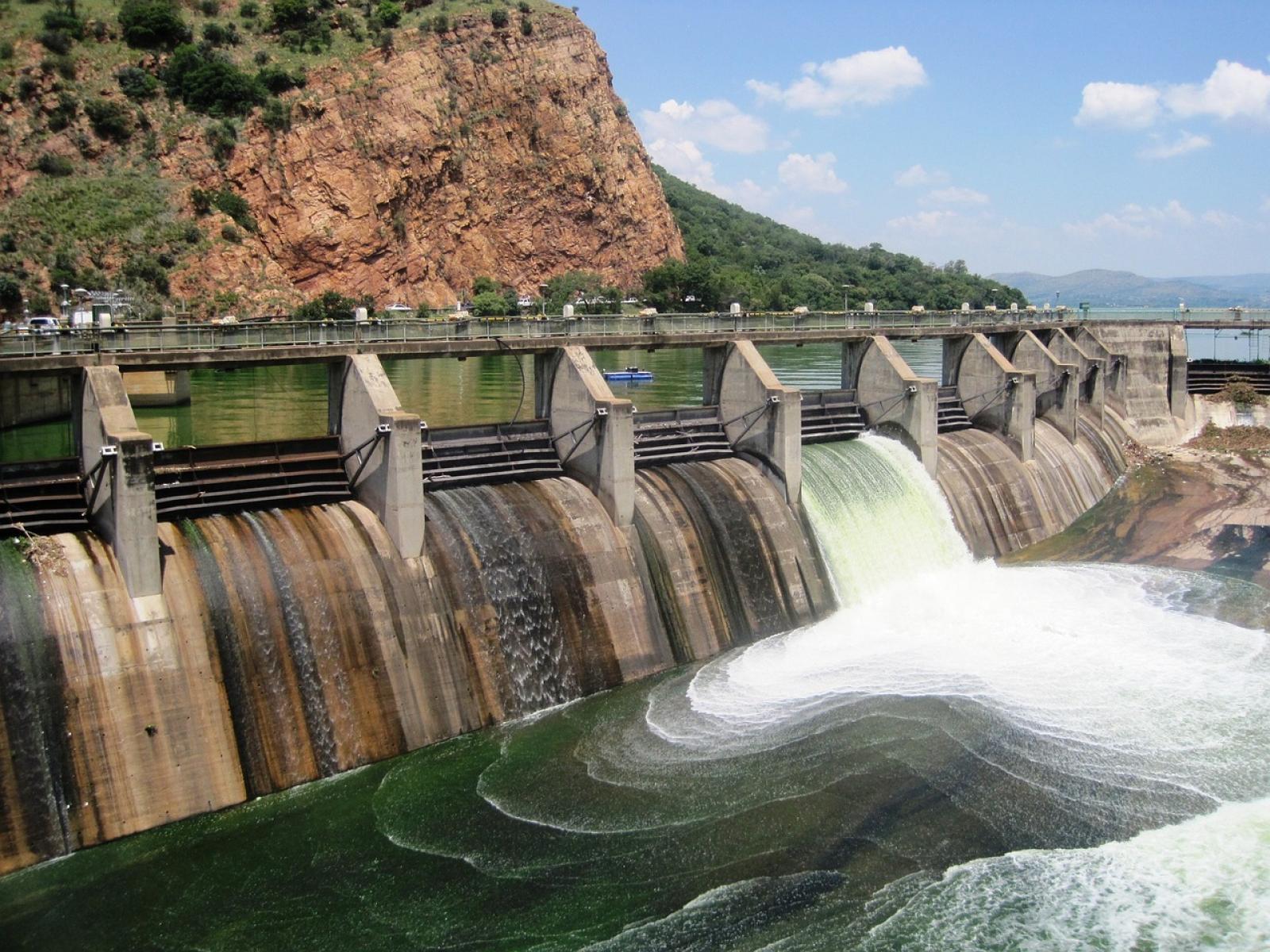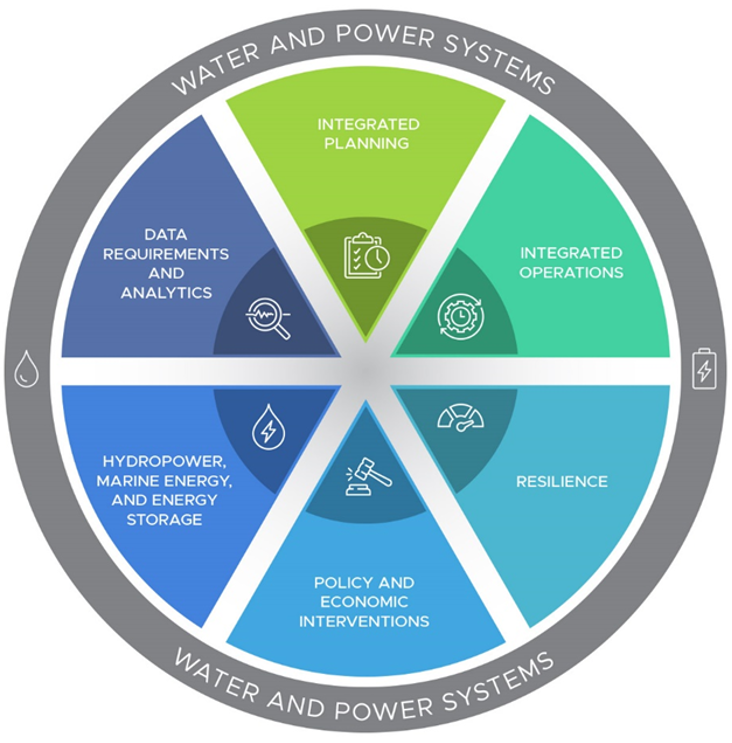PNNL Duo Publish Roadmap for Water Power Research
Report serves as a blueprint for future research on the energy-water nexus

The task force wants researchers to consider energy and water as linked systems, especially when dealing with issues like droughts, floods, climate change, and old infrastructure.
(Photo by Bluesnap | Pixabay)
Researchers at Pacific Northwest National Laboratory (PNNL) are defining the future of water power research. Rebecca O’Neil and Kostas Oikonomou collaborated with over 40 international researchers to publish a collective technical report, titled Integrated Water and Power Systems: Current State and Research Roadmap.
The report is an initiative of the IEEE’s Power and Energy Society Task Force on Water-Power Systems, helmed by O’Neil and Oikonomou, along with colleague Masood Parvania, a professor of electrical engineering who leads U-Smart: Utah Smart Energy Laboratory at the University of Utah.
At a high-level, the report offers extensive foundational knowledge and context on ways that water and energy systems are connected and interdependent.
Typically, the connection between water and energy is viewed from one discipline or the other, with energy and water managed separately. With this roadmap, the potential of integrated water and energy systems is imagined, offering branches of research directions and hopefully igniting many new ideas within the international community.
“The task force tapped a global wellspring of expertise to create a roadmap that represents international perspectives and bridges traditionally siloed technical fields,” said O’Neil, who serves as the task force chair. “We’re envisioning the potential of water and energy systems working together.”
This connection is called the "energy-water nexus," and the task force is calling on fellow researchers to think about them as interdependent systems, especially in the face of drought, floods, climate change, and aging infrastructure.
The report serves as a blueprint for inquiry in this area and explores how further research in planning, operations, data, policy, and technology can address some of the underlying challenges facing water-power systems:

To this end, O’Neil and Oikonomou along with their collaborators grouped research priorities into six broad categories and established short-, mid-, and long-term objectives for each.
- Integrated Planning
- Integrated Operations
- Resilience
- Policy and Economic Intervention
- Hydropower, Marine Energy, and Energy Storage
- Data Requirements and Analytics
“This report is intended to inspire new research ideas and collaborations,” said Oikonomou, who is an electrical engineer at PNNL and task force secretary. “For example, I found colleagues around the world who share my research focus on integrated water and energy distribution systems.”
The Task Force on Water-Power Systems was created in 2020 with support from the Water Power Technologies Office, within the Department of Energy’s Office of Energy Efficiency and Renewable Energy. Since its inception, the task force has served as an international forum for experts in academia, national laboratories, industry, and government.
“Through meaningful dialogue and collaboration, we’re envisioning how research and development can promote efficient and resilient integration of water and power systems,” said Parvania.
Learn more about hydropower and marine energy research at PNNL.
Published: October 12, 2023